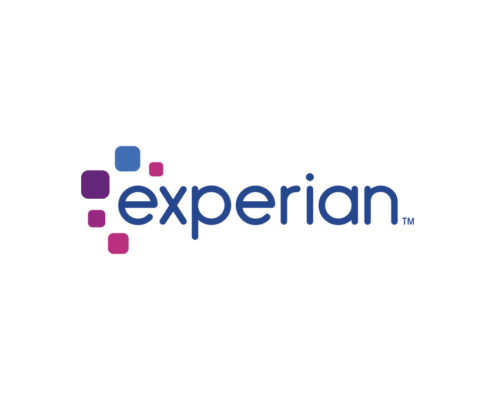DISCOVER IQM FOR

DMP
Enhance your data with third-party sources like L2, i360, and Tunnl, alongside IQM’s advanced data capabilities such as voter district geo-farming and Voter ID Matching to effectively identify and build your audience.
Our advanced AI-Driven Audience engine seamlessly pipes these custom segments into our Demand Side Political Platform (DSP) for fast, compliant and easy activation.
IDENTITY GRAPH
The average American now has about 22 connected devices, presenting both opportunities and challenges for advertisers trying to connect with specific individuals across any screen.
IQM’s Voter ID Graph solves the challenge of fragmentation by connecting billions of online and offline identifiers associated with individual voters.
The result, a single, accurate, and unified voter profile across multiple devices and channels that allows political advertisers to effectively engage constituents throughout their journey.
Helping our Advertisers Reach a Wide Audience
The System can Accurately Identify Consumers
Data is Scrubbed of Personally Identifiable Information (PII)
Makes it Adaptable to Changes in Digital Tracking Methods
DSP
Don’t waste your time or energy on general DSPs that refuse to place or can’t scale or pace your high-stakes political campaigns. IQM is built specifically for political advertisers, seamlessly integrated with top Supply Side Platforms (SSPs) and premium publishers to secure high-quality inventory across Display, Native, Audio, Video, and Connected TV (CTV) and optimized for maximum voter engagement.
Effortlessly leverage the audiences you’ve curated in our DMP to target voters and plan your campaigns while ensuring compliance and brand safety standards. With real-time reporting, vertical-specific measurement solutions like Voter Level Insights, and a team of industry specialists available 24/7, we help you ensure your ads are meeting your goals. Better campaign results are driven by better data and deep vertical expertise.
Power Segments
When it comes to influencing policy, reaching the legislator alone isn’t enough—you need to reach the people who shape their decisions. With IQM’s Power Segments, we help connect you to the individuals who actually shape how legislators think and act.
By combining voter-level data with opted-in anonymized location intelligence to build a map of influence that’s both precise and powerful, IQM gives you more signals and less noise, enabling smarter, more intentional targeting that cuts through the clutter.
Targeting with Precision: Two Tiers of Influence
PowerSphere delivers the most precise targeting through a tight, exclusive circle of advisors, staffers, and close contacts who interact with legislators at work and home.
PowerOrbit expands the reach, including key second-degree connections who also shape legislative priorities.